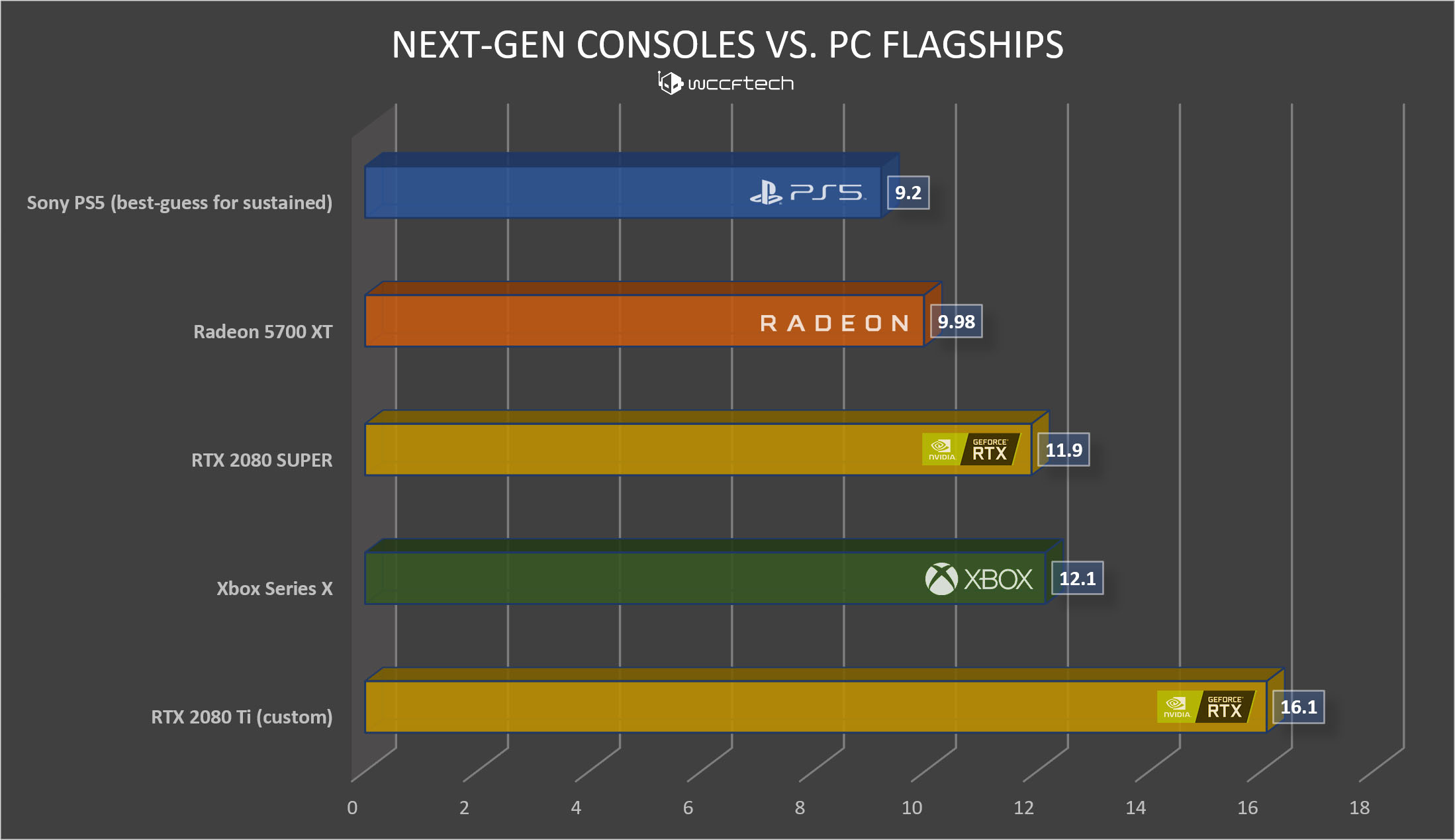Sustainable Train Travel: Exploring The Potential Of Wind Power

Table of Contents
The Environmental Case for Wind-Powered Trains
Switching to wind-powered trains presents a powerful argument for environmental responsibility. This transition offers significant improvements across various environmental metrics.
Reducing Carbon Footprint
Wind power drastically reduces greenhouse gas emissions compared to fossil fuels traditionally used in train operations.
- Quantifiable Data: Studies show that replacing diesel locomotives with wind-powered electricity can reduce CO2 emissions by up to 90%, depending on the specific energy mix used to supplement wind power.
- Comparison to Other Renewables: While solar power also offers benefits, wind power often provides a more consistent and reliable energy source for rail networks, particularly in areas with less sunlight.
- Lifecycle Assessments: Life cycle assessments demonstrate that the environmental impact of manufacturing and deploying wind turbines is significantly less detrimental than the continued use of fossil fuels in rail transport.
Minimizing Air and Noise Pollution
Wind-powered trains offer cleaner air and quieter operation than their diesel counterparts.
- Pollution Reduction: Eliminating diesel emissions results in a substantial reduction in particulate matter, nitrogen oxides, and sulfur dioxide – all major contributors to air pollution and respiratory problems in communities near railway lines.
- Community Benefits: Quieter train operations improve the quality of life for residents living near railway tracks, reducing noise pollution and improving overall well-being.
Promoting Energy Independence
Wind power enhances energy security and reduces reliance on imported fossil fuels.
- Reduced Fossil Fuel Dependency: Transitioning to wind power decreases a nation's dependence on volatile global fossil fuel markets, improving energy independence and price stability.
- Examples of Integration: Several countries are already integrating wind power into their rail systems, demonstrating the practical feasibility and benefits of this approach. Denmark, for instance, is a leader in integrating renewable energy into its national rail network.
Technological Feasibility and Infrastructure
While ambitious, the transition to wind-powered trains is technologically feasible with careful planning and investment in infrastructure.
Wind Turbine Technology for Rail Electrification
Various wind turbine technologies are suitable for integration with railway infrastructure.
- Onshore Turbines: These are cost-effective and readily deployable along railway lines, especially in areas with sufficient wind resources.
- Offshore Turbines: Offshore wind farms can provide a substantial and consistent power supply, particularly in coastal regions, but require more significant initial investment.
- Turbine Capacity and Efficiency: Advancements in turbine technology continually improve capacity and efficiency, making wind power a more competitive and attractive option for rail electrification.
Energy Storage and Grid Integration
Managing the intermittent nature of wind power requires effective energy storage and smart grid integration.
- Battery Storage: Large-scale battery storage systems can buffer fluctuations in wind power generation, ensuring a consistent power supply to the railway network.
- Pumped Hydro Storage: This technology offers a cost-effective and scalable solution for storing excess wind energy and releasing it during periods of low wind generation.
- Smart Grid Integration: Smart grids enhance the efficiency of integrating renewable energy sources like wind power, optimizing energy distribution and minimizing waste.
Cost-Effectiveness and Economic Viability
While initial investment costs can be substantial, the long-term economic benefits of wind-powered trains are significant.
- Cost Comparison: While initial capital expenditures might be higher than for diesel trains, the long-term operational costs are significantly lower due to reduced fuel consumption and maintenance needs.
- Government Incentives: Many governments offer subsidies and incentives to encourage the adoption of renewable energy sources, including wind power in the transportation sector.
- Reduced Operational Costs: Lower fuel costs and decreased maintenance requirements contribute to significant long-term economic savings.
Case Studies and Successful Implementations
Several successful projects demonstrate the viability of wind-powered rail systems.
Existing Examples of Wind-Powered Rail Projects
Several countries and regions are pioneering the integration of wind energy into their rail networks.
- Case Study 1: (Insert specific example with details like location, scale, and success metrics).
- Case Study 2: (Insert another specific example with details like location, scale, and success metrics).
- Lessons Learned: These case studies highlight the challenges and successes encountered, offering valuable lessons for future projects.
Future Potential and Research Developments
Ongoing research and development are driving improvements in the efficiency and cost-effectiveness of wind-powered rail.
- Innovative Technologies: Research focuses on developing more efficient wind turbines, advanced energy storage systems, and improved grid integration technologies.
- Future Projections: Experts predict that wind power will play an increasingly significant role in powering railway systems globally, contributing to a more sustainable and environmentally friendly transportation sector.
Conclusion: Embracing Sustainable Train Travel with Wind Power
Wind-powered trains offer a compelling solution for achieving sustainable train travel, providing environmental benefits, economic viability, and enhanced energy independence. By reducing our carbon footprint, minimizing pollution, and fostering energy security, this transition offers a path towards a cleaner and more responsible future. Let's embrace sustainable train travel and invest in a greener future powered by wind energy. Learn more about the potential of wind power to revolutionize our railway systems today!

Featured Posts
-
 Fortnite Chapter 6 Season 2 Pre Load Get Ready For Launch Day
May 03, 2025
Fortnite Chapter 6 Season 2 Pre Load Get Ready For Launch Day
May 03, 2025 -
 Analyzing Us Sales Figures Ps 5 Vs Xbox Series X S Market Share
May 03, 2025
Analyzing Us Sales Figures Ps 5 Vs Xbox Series X S Market Share
May 03, 2025 -
 Ps 5 Dual Sense Controller Colors A Complete 2025 Buying Guide
May 03, 2025
Ps 5 Dual Sense Controller Colors A Complete 2025 Buying Guide
May 03, 2025 -
 La Serie La Creme De La Crim Tf 1 Le Role Crucial De Joseph
May 03, 2025
La Serie La Creme De La Crim Tf 1 Le Role Crucial De Joseph
May 03, 2025 -
 Mlw Battle Riot Vii Bobby Fish Officially Announced
May 03, 2025
Mlw Battle Riot Vii Bobby Fish Officially Announced
May 03, 2025
Latest Posts
-
 Fixing Fortnite Matchmaking Error 1 Expert Solutions And Tips
May 03, 2025
Fixing Fortnite Matchmaking Error 1 Expert Solutions And Tips
May 03, 2025 -
 Fortnite Game Mode Removals A Sign Of Shifting Priorities
May 03, 2025
Fortnite Game Mode Removals A Sign Of Shifting Priorities
May 03, 2025 -
 The Impact Of Fortnite Game Mode Shutdowns On Player Engagement
May 03, 2025
The Impact Of Fortnite Game Mode Shutdowns On Player Engagement
May 03, 2025 -
 Fortnite Server Downtime Checking Server Status And Update 34 21 Details
May 03, 2025
Fortnite Server Downtime Checking Server Status And Update 34 21 Details
May 03, 2025 -
 Fortnites V34 30 Update Sabrina Carpenter Collaboration And New Content
May 03, 2025
Fortnites V34 30 Update Sabrina Carpenter Collaboration And New Content
May 03, 2025
